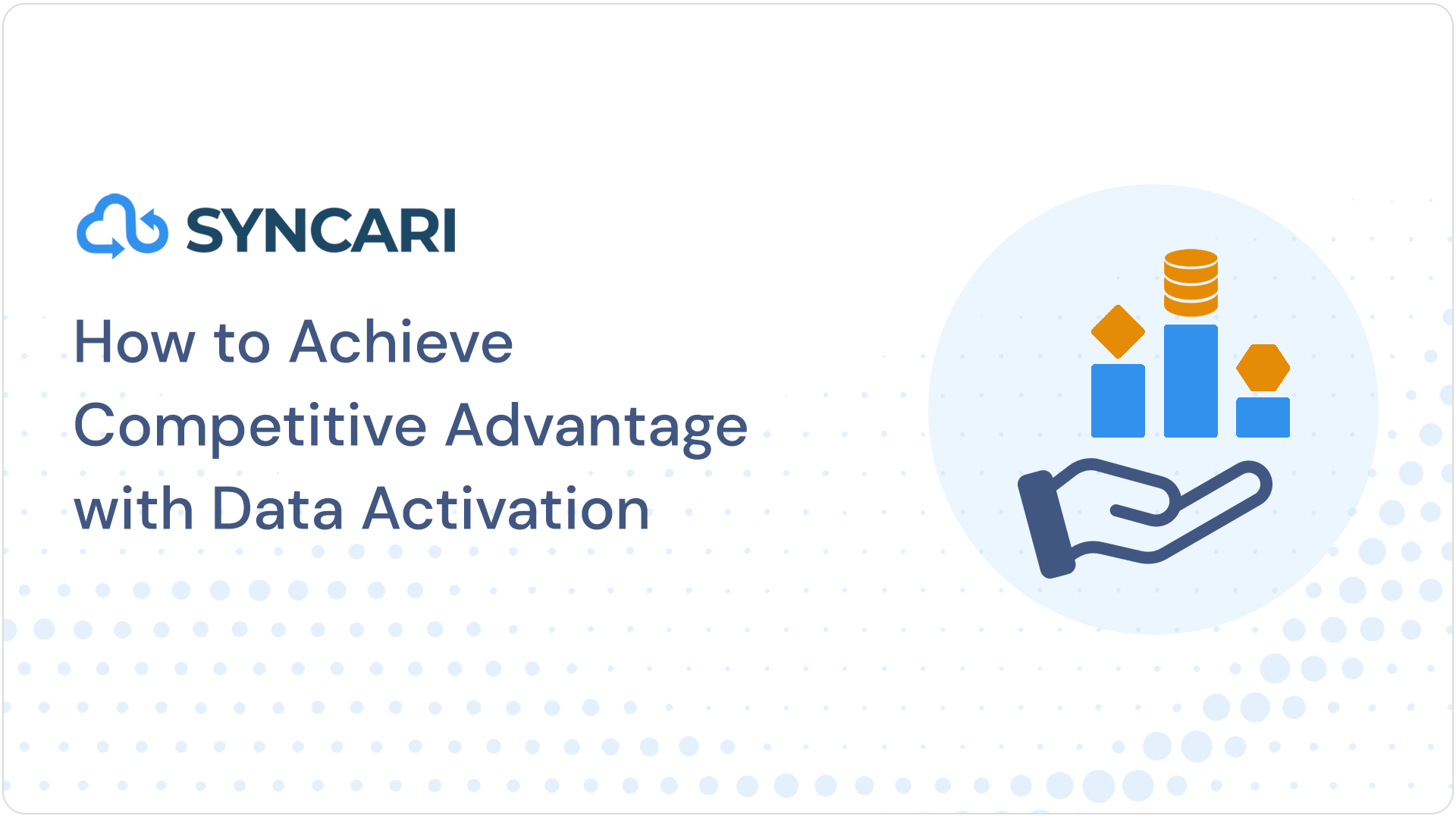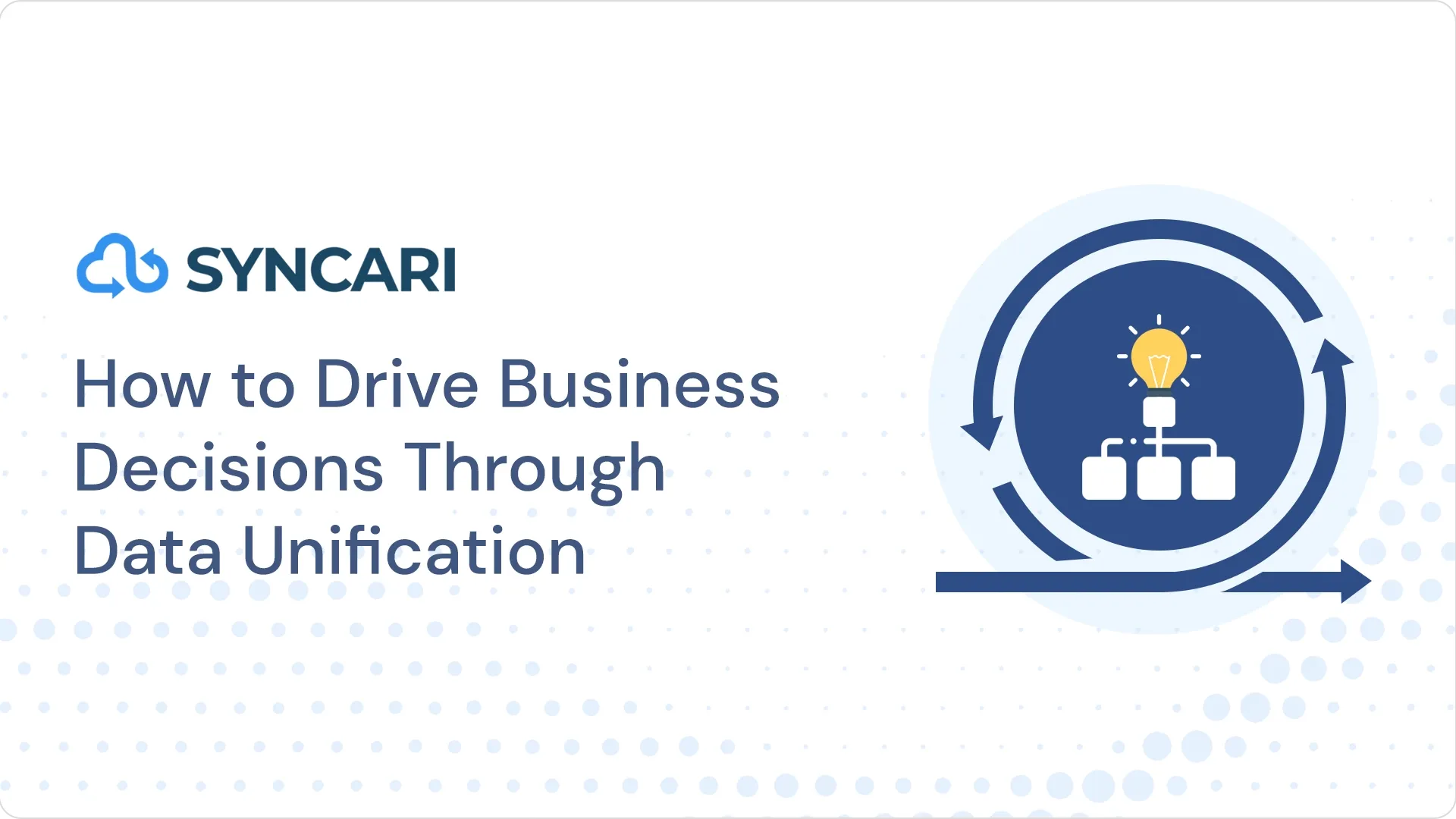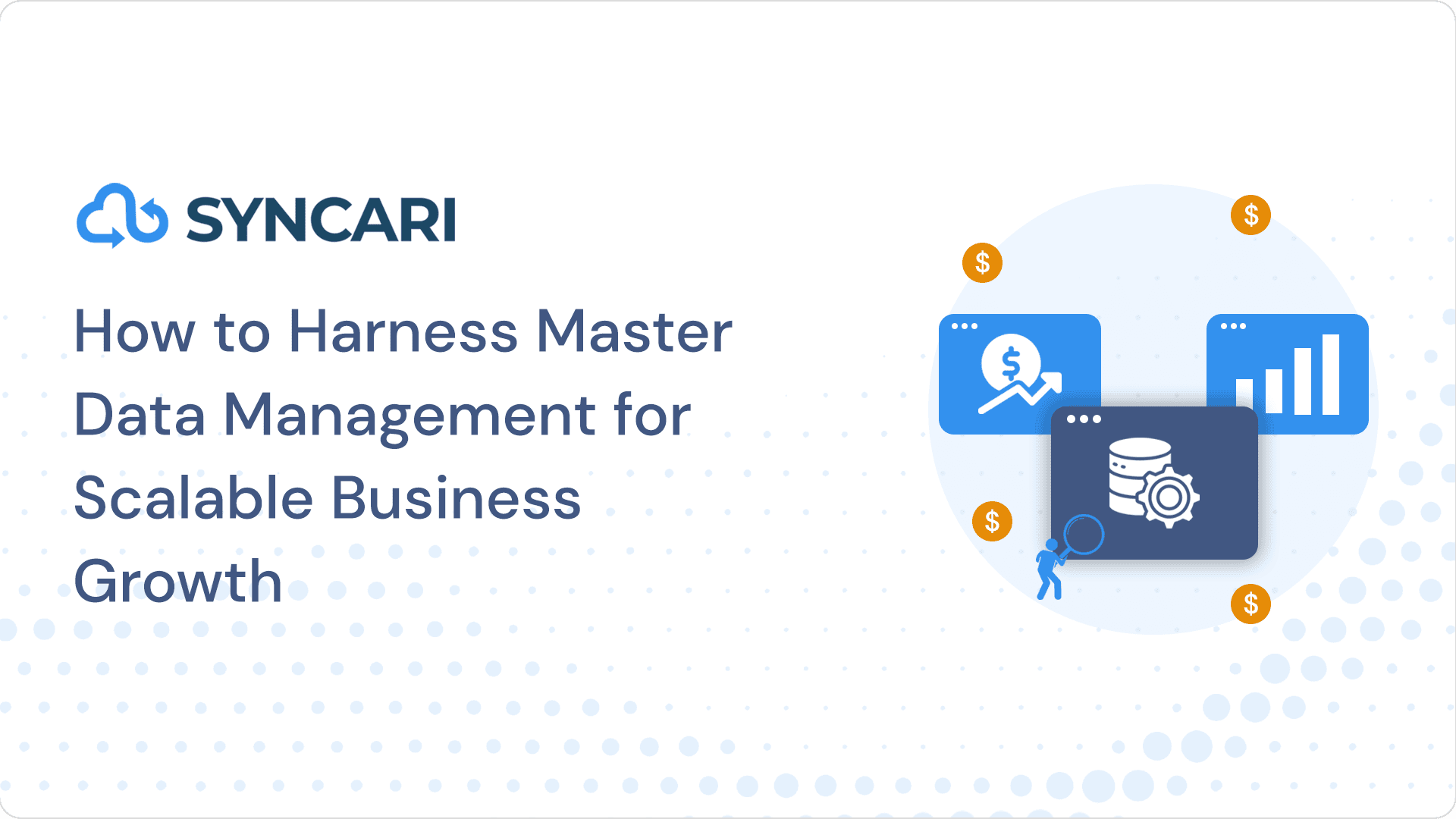We’ve already covered the launch of Salesforce Genie, but it gets better. Salesforce recently announced Einstein GPT, the world’s first generative AI for CRM. Reading the press release and watching the keynote transported me back to 2018 when Salesforce launched the now-retired Einstein Voice Assistant.
Back then, we were also in the midst of an “incredible technological shift, where the power of voice {was} fundamentally changing the way we work.” Since that 2018 announcement, a lot has changed, most notably:
- Apple’s Siri, Amazon’s Alexa and Microsoft’s Cortana disappointed
- Salesforce acquired Tableau (2019) and Slack (2021)
- Salesforce retired “Einstein Voice” in favor of “Salesforce Anywhere” for remote work
- Benioff declared that productivity is down, and is scaling back remote work
- OpenAI launched ChatGPT
ChatGPT has taken the world by storm. I’ve discussed its potential impact with doctors and lawyers, teachers and students, developers, and GTM leaders. I even used it to generate content ideas for this post (it didn’t help).
It works pretty well when it has ample existing data to pull from (e.g. the web) and is prompted to do something relatively simple by someone who understands how to control it. However, what Salesforce showcased in the Einstein GPT keynote demo doesn’t fit those criteria.
This is the slide that kickstarted the keynote demo:
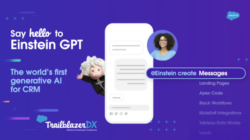
@einstein create messages
You can already use Chat GPT to write personalized emails to a prospect or research an account – so Salesforce isn’t innovating there. And “personalization automation” via ChatGPT isn’t a competitive advantage until your UNIQUE customer data is accessible and actionable. Most CRM customers have incomplete, inconsistent and outdated views of customer data.
@einstein create Landing pages
First, this requires you to be on Salesforce Marketing Cloud. Second, in the keynote demo, Salesforce claims that Chat GPT is creating these new landing pages by pulling best practices from your top-performing landing pages.
Do you know what those top-performing pages are? Why they are top performers? If that varies by asset type? By audience?
Be wary of claims that “generative AI” will identify and execute new data-driven best practices for you. Without a $500k+ investment in data teams + ML models, it can’t even start.
@einstein create APEX code
At best, this is an assistant for developers already prolific with APEX code. At worst, this accelerates custom code development everywhere and hardens the lock-in most already feel with Salesforce. I don’t see many developers jumping up and down over this, so….
@einstein create Tableau Data Stories
I can’t even with this one. While I see the appeal of having a natural language conversation with a BI tool, I also know that the conversational language we use and the data model Chat GPT will reference won’t be the same. This is why Einstein Voice failed. And the underlying problem hasn’t still been solved. (until now)
Perfect example: One of our prospects spent 3 months debating the definition of an account. In that scenario – which definition of an account should Chat GPT use?
Is your data well-defined? Are those definitions shared and understood by everyone? Are metrics calculated the same way across data stories in Tableau? I doubt it.
Einstein GPT will fall short of expectations because everyone’s customer data is a mess
While Salesforce wants you to believe the customer data Einstein GPT uses will be unified and harmonized via Data Cloud and some auto-magical feedback loop from their Customer 360 Platform (see visual below), it won’t. It will be fed the same incomplete contact records, duplicate accounts, and inaccurate opportunities you and your reps struggle with in your current CRM and BI tool today.
And that’s just with what you have your CRM connected to – which likely isn’t much. A true Customer 360 will unify data from all your core business systems in sales, marketing, success, finance and product – and a shared view of that Customer 360 should be distributed back to every person and system that needs it…not just the Salesforce suite.
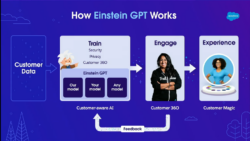
Without a foundation of shared, trusted data and metrics, AI/ML investments will be stuck in first gear, succumbing to the same “garbage in, garbage out” concept that technologists have been dealing with since the 1960s. This isn’t a problem just for data and IT teams either – if that were the case, it would’ve been solved now with all the investments in master data management, customer data platforms, and most recently, the modern data stack.
A trusted data foundation emerges from a customer data model everyone can agree on. This isn’t your CRM data model either, just ask your CFO. At Syncari, we’ve built an entire platform around a unified, elastic data model and multi-directional sync engine that makes every system that holds customer data look and behave the same way.
A trusted data foundation also emerges from a no-code platform that empowers business users with self-service capabilities. Business users are uniquely positioned to transform customer data into insights and experiences that drive revenue.
It’s a drastically different approach that creates drastically different outcomes.
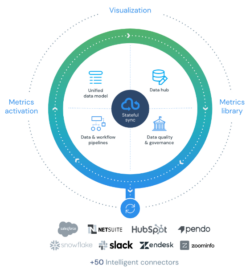
And while I wish the best for Salesforce as a former MuleSoft + Salesforce employee, they keep repeating the mistakes of the past. Luckily, there are others (including myself) who are learning from them.
